|
A Tale of Tails |
|
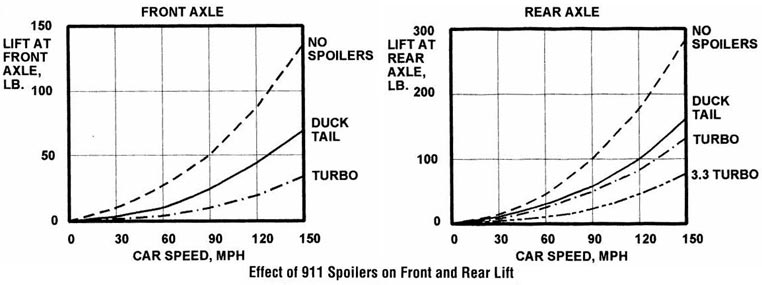
|
|
|
The graph above is posted around the net & has
been attributed to Dr Robert White. Who published it is also a question
but it might be Porsche guru Bruce
Anderson's Porsche 911
Performance Handbook, or it could be Frères, or even Pano - hey, it's
the Internet where 3/4 of the info is stolen or borrowed. But I would give
credit if I knew. It shows the effect of different tails on the 911. Nicely
proves that tails are not just for looks, but perform an important function -
keeping the rear end planted. Tails do not create down force (a point that
is discussed endlessly by the learned types in links below) but reduce
lift as the graphs illustrate. The Carrera Tail & the original 3.0
litre N/A & Turbo Tails have very similar characteristics so I thing it's fair to
assume a very similar curve for both - labeled Turbo above. The 3.3 Turbo Tail
provides the greatest lift reduction but, of course, at the expense of added
weight in the rear. Many
feel the 3.3 Tail only looks good on a wide bodied car - the author tends
to agree. If I used a picture of your car below with no photo credit, too
bad. You posted it somewhere & I stole it. Oh, rumour has it that Porsche discovered the effects of a tail by accident. Someone left an engine lid up during a wind tunnel test & hmmm . . . For the history see Trick of the Tail Note: Always use a chin spoiler with ANY rear spoiler. Failure to do so can result in increased instability at illegal speeds. |
|
|
Duck Tail |
|

|

|
|
Early Tails |
|
|
'74 Carrera 3.0 RS |
|
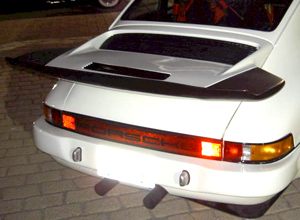
|
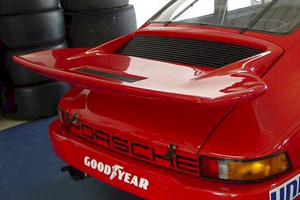
|
|
75-77 Carrera & Early Turbo Tails |
|
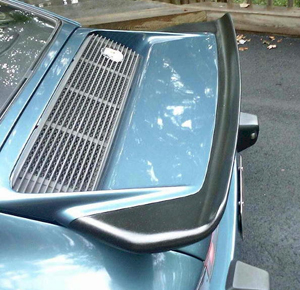
|
|
|
'75 Early Turbo Tail with smaller rear grill for oil cooler |
'76-'77 Early Turbo Tail with larger rear grill for AC |
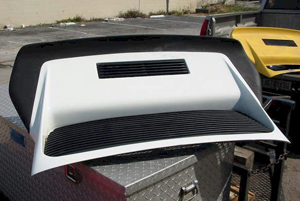
|
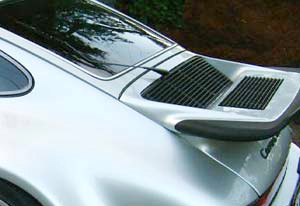
|
|
Alternate Tail ~'76 thru early SC |
1980 Weissach Tail Fiberglass with single grill & rubber lip |
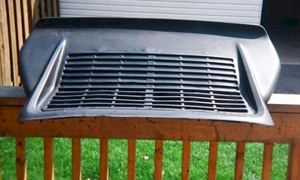
|
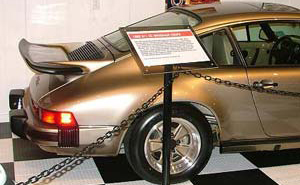
|
|
3.2 Carrera Tail 84-89
|
|
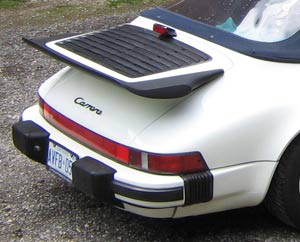
|
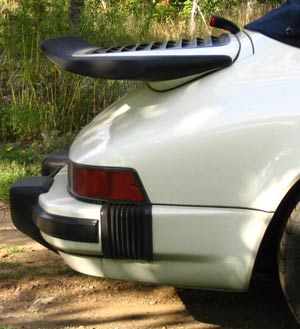
|
|
3.3 Turbo Tail 78-89
|
|
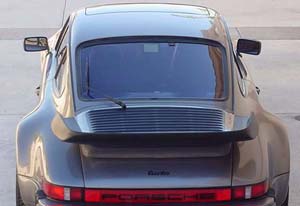
|
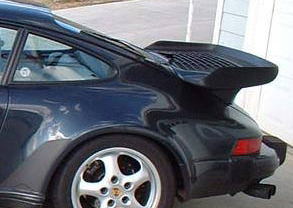
|
|
For a good read on tails see Philip Raby's great article from 911 & Porsche World here. |
|
|
|
|
|
|
|